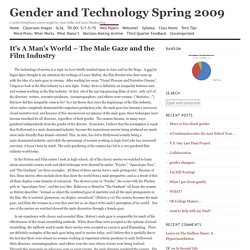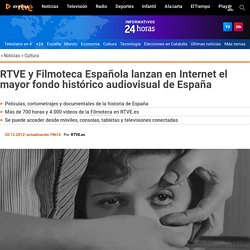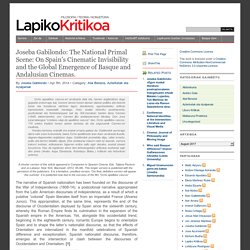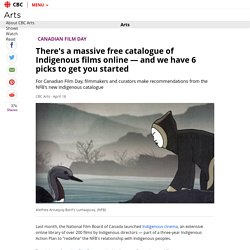

(5) Why Great Movies use the Three Color Rule. Blog para debatir acercamientos teóricos a la imagen fílmica en España e Ibéroamerica. It’s A Man’s World – The Male Gaze and the Film Industry. …..The technology of movies is a topic we have briefly touched upon in class and on the blogs.

A post by Sugar Spice brought to my attention the writings of Laura Mulvey, the film theorist who first came up with the idea of a male gaze in cinema. After reading her essay “Visual Pleasure and Narrative Cinema”, I began to look at the film industry in a new light. Today, there is definitely an inequality between men and women working in the film industry. In fact, out of the 250 top grossing films of 2007, only 15% of the directors, writers, executive producers, cinematographers, and editors were women.
(“Statistics…”) But how did this inequality come to be? …..In the Fiction and Film course I took in high school, all of the classic movies we watched to learn about successful camera work and ideal technique were directed by males: “Psycho”, “Apocalypse Now”, and “The Graduate” are three examples. The Male Gaze: How Women's Position in Cinema Has Evolved Over the Last Few Years. Women's place in the history of cinema is always a contentious discussion.

Women have undoubtedly made their mark on the medium, but they have also been relegated to playing second fiddle to men in such major capacities as producing and directing. Representations of women in film have often been a point of controversy, especially after Laura Mulvey's essay "Visual Pleasure and Narrative Cinema" in which she offered up the theory of the male gaze. Mulvey's theory posits that female representations in cinema are created to maximize male pleasure. According to a study by the Center for the Study of Women in Television and Film, in 2013, female characters comprised only 15 percent of all protagonists and just 30 percent of all speaking characters in the top-grossing 100 films. The results were even lower behind-the-scenes as women only accounted for 6 percent of directors and 10 percent of writers working on the top-grossing 250 films in 2013. Y Filmoteca Española lanzan en Internet el mayor fondo histórico audiovisual de España. RTVE.es abre una parte importante de los archivos de Filmoteca Española a la consulta libre de internautas e investigadores.

Desde hoy, a través de la web de la Filmoteca Nacional en RTVE.es, se puede acceder a la historia de España en imágenes. La web de la Corporación lanza una primera y amplia muestra del valioso fondo histórico español y lo pone a disposición del público. La iniciativa se ha presentado hoy en Torrespaña con la presencia del presidente de RTVE, Leopoldo González-Echenique; el secretario de Estado de Cultura, José María Lassalle; el director de Filmoteca Española, José María Prado, y el director de Medios Interactivos de RTVE, Ricardo Villa. In Hollywood, It’s a Men’s, Men’s, Men’s World. In late November when Warner Bros. hired Michelle MacLaren for its Wonder Woman movie, it became the first studio to tap a female director for a major superhero project.

The news brought me back to the 1970s, when my sisters, mom and I would convene in front of the television to watch Wonder Woman fighting for our rights in her satin tights, as the goofy theme song put it. I don’t remember much about the show, but I do know that the vision of this strong woman triumphing with flowing hair and bulletproof bracelets delighted us. I’m looking forward to the movie, though as someone who watches films for a living, I would be happier if Warner Bros. hired a lot more women to direct its other titles. The news of Ms. What the Movies Taught Me About Being a Woman. Lapiko Kritikoa » Joseba Gabilondo: The National Primal Scene: On Spain’s Cinematic Invisibility and the Global Emergence of Basque and Andalusian Cinemas. The narrative of Spanish nationalism has been founded on the discourse of the War of Independence (1808-14): a postcolonial narrative appropriated from the Latin American discourses of independence, as a result of which a putative “colonial” Spain liberates itself from an imperialist France (Alvarez Junco).

CBC.ca. Last month, the National Film Board of Canada launched Indigenous cinema, an extensive online library of over 200 films by Indigenous directors — part of a three-year Indigenous Action Plan to "redefine" the NFB's relationship with Indigenous peoples.

To celebrate Canadian Film Day, we asked Indigenous filmmakers and film programmers to go through the library and recommend a film. Here's what they chose and why: CBQM (Dennis Allen, 2009) "This is a beautiful, heartfelt love letter to Indigenous community radio. With grace, humour and a skillful eye, Dennis Allen takes us inside the CBQM radio station in Fort McPherson, N.W.T. — and through it creates a tender, intimate portrait of a northern community. Búsqueda - Cineglos. Aquí se incluye la lista comprensiva de los términos cinematográficos y su traducción al inglés.

También se puede usar el buscador arriba para teclear la palabra o frase deseada. El buscador abarca todos los términos, su traducción al inglés, y las definiciones. Detachment - Ubiquitous Assimilation. Opening Shot (Touch of Evil, 1958) After #OscarsSoWhite, Hispanics Seek Their Hollywood Moment. Low angle shot - Recherche Google. Male gaze - Recherche Google.